
Introduction to Game Marketing Budgets
In the dynamic landscape of the gaming industry, marketing budgets are pivotal for a game's success from launch to longevity. Addressing a class of journalism students focusing on digital strategy, this article explores how game companies allocate, manage, and optimize their marketing budgets, drawing on real-world practices including those in Singapore's burgeoning gaming market. Understanding these strategies is crucial for journalists and marketers alike to grasp the complexities behind the eye-catching ads and viral campaigns that define modern game launches.
The Evolution of Marketing in the Gaming Industry
The marketing approach to games has transformed dramatically over the years. Initially reliant on traditional media such as magazines and television commercials, today's strategy is a sophisticated blend of digital advertising, influencer partnerships, esports sponsorships, and community engagement. This evolution requires flexible budgeting that aligns with fast-changing consumer behavior, platform trends, and global market dynamics.
From Print Ads to Digital Domination
Historically, game marketing expenses were channeled through print advertisements and costly TV spots. For example, early big-budget launches were often supported by multi-million SGD television campaigns targeting niche audiences.
Today, over 70% of game marketing budgets are devoted to digital channels including social media, streaming platforms, and programmatic advertising. The agility of these channels allows companies to pivot campaigns in real time, optimize reach, and measure return on investment (ROI) with precision.
Budget Allocation: The Strategic Breakdown
Game companies typically allocate their marketing budget across several key pillars. The exact distribution depends on the scope of the launch, target demographics, platform choice, and geographic focus. Below is a typical budget split for a mid-tier game launch with a total marketing budget of SGD 5 million.
| Marketing Channel | % of Total Budget | Budget Amount (SGD) | Description |
|---|---|---|---|
| Digital Advertising | 45% | 2,250,000 | Social media ads, programmatic, search ads, and video ads on platforms like YouTube and Twitch. |
| Influencer Marketing | 20% | 1,000,000 | Engagements with gaming influencers and streamers to generate authentic word-of-mouth. |
| Esports Sponsorship & Events | 15% | 750,000 | Partnering with esports events or organizing tournaments for brand exposure. |
| PR & Content Marketing | 10% | 500,000 | Press releases, game previews, and community storytelling efforts. |
| Traditional Media | 5% | 250,000 | Remaining TV, radio, and print campaigns targeting specific markets like Singapore. |
| Contingency & Analytics | 5% | 250,000 | Monitoring, analytics tools, and reserve funds to boost trending campaigns. |
Case Study: A Singapore Game Company's Budget Approach
Singapore's gaming market, with a digitally savvy population and high smartphone penetration, offers a unique environment for game marketing. Let's examine a hypothetical mid-sized Singaporean game developer launching a mobile RPG with a SGD 3 million marketing budget.
Given Singapore's urban demographic and the preference for mobile gaming, 60% of the budget was funneled into mobile-specific digital ads optimized for local platforms like Shopee Live and TikTok. Influencer partnerships, particularly with Singaporean streamers who have a loyal local following, consumed around 25% of the budget. The remaining 15% was deployed to regional esports event sponsorships and PR campaigns targeting Southeast Asia.
Key Components Affecting Budget Decisions
Target Audience Segmentation
Precision targeting is the linchpin of efficient budget use. Game companies segment audiences by age, gaming preferences, platform affinity, and geography. Younger players, who dominate mobile and online multiplayer demographics, often require more social and influencer-driven campaigns. Conversely, nostalgic or hardcore segments may respond better to esports involvement and deeper content marketing.
Platform Costs and Opportunities
Advertising costs can vary drastically by platform and region. For example, advertising on Facebook or Instagram in Singapore might cost SGD 1.50 - 3.00 CPM (cost per thousand impressions), whereas emerging platforms with a niche gaming audience like Discord or Twitch could require negotiations and specialized campaigns with variable costs.
Product Lifecycle Stages
Marketing budgets shift depending on the lifecycle stage of the game:
- Pre-launch: Heavy spend on hype generation, teaser trailers, and influencer previews.
- Launch: Maximum push via digital ads, PR blitz, and launch events.
- Post-launch: Retention campaigns, esports sponsorships, and community building.
Digital Strategy Optimization Techniques
Leveraging Real-Time Analytics
One transformative capability of digital marketing is real-time analytics. Companies use sophisticated dashboards to track impressions, engagement, installs, and in-app purchases. By analyzing these metrics, marketers can quickly reallocate budget spend mid-campaign to the highest performing channels and creatives.
A/B Testing for Creative and Messaging
Continuous A/B testing on ad creatives, call-to-actions, and messaging helps refine user acquisition campaigns and improve conversion rates. For instance, a game marketing team might test two different video trailers targeted at Singaporean millennials to determine which garners higher engagement before committing to a full-scale ad buy.
Programmatic Advertising and Automation
Programmatic ad buying employs AI to optimize bidding and targeting, ensuring marketing dollars go to users most likely to install or engage with the game. This automation can improve efficiency but requires upfront investment and skilled analysts to oversee performance.
Challenges in Managing Marketing Budgets for Game Companies
Market Saturation and Noise
With thousands of games launched monthly, standing out requires creative frequencies and high exposure, pushing marketing costs up. Budget overruns are a common risk as companies try to outbid competitors on popular platforms.
Unpredictable Audience Behavior
Gaming trends can change overnight. A viral phenomenon or competitor release can dramatically shift engagement levels. This volatility demands flexible budgets and contingency plans to maintain momentum.
Balancing Global vs. Local Campaigns
Global marketing campaigns create scale and brand consistency, but local campaigns, such as those targeting Singapore or Southeast Asia, require cultural customization and distinct channels, often incurring higher per-user costs.
Lessons from Failed Strategies
Case: Overspending on Inefficient Channels
One mid-tier game company once allocated 70% of its SGD 4 million budget to large-scale digital ads without deep audience targeting or adequate influencer integration. The campaign saw high impressions but low conversion rates, leading to a waste of over SGD 1.5 million. The lesson was to diversify spend and validate channels with data-driven testing.
Case: Neglecting Community Engagement
An international game launch disregarded local influencers and community managers in Singapore, focusing solely on global digital ads. This resulted in muted local buzz and disappointing user retention, underscoring the importance of grassroots marketing efforts, especially in digitally connected markets like Singapore.
Summary Table: Common Budget Allocation Mistakes vs Solutions
| Mistake | Impact | Solution |
|---|---|---|
| Over-reliance on a single marketing channel | Reduced reach and high risk if channel underperforms | Diversify budget across multiple platforms, including niche channels |
| Ignoring data and analytics | Poor ROI due to unoptimized campaigns | Implement real-time analytics and agile budget shifts |
| Minimal investment in influencer and community marketing | Weak player engagement and low viral interest | Integrate influencer partnerships and active community management |
| Failure to localize marketing content | Low market penetration in key regions like Singapore | Create culturally relevant content and localize campaigns |
| Insufficient contingency funds | Inability to capitalize on unexpected trends or fix poor performing campaigns | Allocate at least 5-10% of budget for contingencies |
Final Thoughts for Journalism Students
Understanding how game companies manage marketing budgets provides insights into the strategic underpinnings of digital campaigns seen online and in media coverage. For journalists covering this space, it's vital to appreciate both the creative and quantitative aspects of marketing — recognizing how budget decisions shape the player's discovery experience and the industry's commercial outcomes. Singapore's unique position as a tech-forward, multicultural hub also illustrates how localization and regional strategies influence overall budget management.
This expansive knowledge will empower future journalists to critically analyze and report on game marketing campaigns, beyond superficial impressions, revealing the intricate blend of art, science, and business behind each pixel-perfect promotion.
Advanced Budget Strategies: Maximizing Long-Term Return on Investment
While initial launch campaigns attract the lion’s share of marketing budgets, savvy game companies strategically plan for sustained engagement through lifecycle marketing and monetization initiatives. Allocating budget for long-term user retention is critical, especially in free-to-play (F2P) and live service models that dominate the mobile and PC gaming ecosystems.
Investing in Live Service Support
Games today often operate as continually evolving services requiring ongoing marketing support beyond launch. Budget allocations for live events, seasonal content updates, and player rewards foster continued user interest and in-game spending. For example, Singapore-based mobile RPG publishers often reserve 20-30% of their post-launch marketing budget for event-driven campaigns and re-engagement ads that keep active users invested.
Data-Driven Customer Lifetime Value (CLV) Optimization
Game companies increasingly align their marketing budgets with customer lifetime value metrics. Sophisticated analytics assess the revenue potential per user segment, enabling marketing spend to maximize high-value players while minimizing acquisition costs for low-value or less engaged users. This approach is essential in competitive regions such as Singapore, where the cost to acquire a paying user can run up to SGD 15, necessitating precise targeting to remain profitable.
Negotiating with Advertising Platforms for Optimal Rates
Another key aspect often overlooked is the negotiation power game companies wield with advertising platforms, especially for significant budgets. Larger publishers leverage volume discounts, preferred placements, and access to beta ad formats by maintaining strong relationships with platforms like Facebook, Google, and Twitch.
In Singapore's relatively smaller market, local digital agencies help game companies tap into region-specific channels and negotiate promotional bundles. This localized optimization helps constrain CPMs, improving the efficiency of every SGD 1 spent on advertising.
Integrating Cross-Channel Attribution Models
A huge challenge in managing marketing budgets is accurately attributing installs and player conversions to specific marketing efforts. Companies often use multi-touch attribution models combining first touch, last touch, and weighted attribution across channels to understand the customer journey.
For instance, a player might first discover a game through a Twitch stream before clicking a Facebook ad. Attribution data guides budget reallocation to the most influential channels, reducing wasted spend and doubling down on activities that drive real growth.
Innovative Tactics: Beyond Paid Advertising
Leveraging Organic Growth and Community Content
Top game companies focus not only on paid ads but also invest in fostering organic growth through player communities, forums, and content creation. In Singapore, growing gaming cafes and esports tournaments serve as hotspots for community-driven word-of-mouth promotion.
Budgets often include allocating resources to community managers, forums moderation, and social media content production. These efforts cost significantly less than paid campaigns and can generate authentic sustained interest that fuels viral growth.
Collaborations and Partnerships
Partnering with popular IPs (intellectual properties), brands, or even unrelated lifestyle companies can amplify reach without exponentially increasing budgets. For example, a Singapore-based developer collaborating with a local food brand to run event tie-ins can tap into new audiences creatively and cost-effectively.
Internationalization and Regional Budget Customization
Game companies targeting multiple markets must tailor budget allocations regionally. While a single global campaign can drive brand awareness, regional nuances in user behavior and platform popularity require bespoke local strategies.
Singapore serves as a strategic hub for Southeast Asia; thus, budgets must reflect the region’s higher purchasing power compared to neighbors. Marketing activities in Singapore often skew toward premium influencer partnerships and high-production-value video ads, commanding higher costs but attracting a well-heeled audience.
Table: Regional Cost Variations for Popular Advertising Channels in Southeast Asia (2023)
| Region | Facebook CPM (SGD) | Instagram CPM (SGD) | TikTok CPM (SGD) | Twitch CPM (SGD) |
|---|---|---|---|---|
| Singapore | 2.50 - 3.50 | 2.70 - 3.80 | 3.00 - 4.20 | 5.50 - 7.00 |
| Malaysia | 1.20 - 2.00 | 1.40 - 2.20 | 1.50 - 2.40 | 3.00 - 4.50 |
| Indonesia | 0.80 - 1.50 | 1.00 - 1.70 | 1.10 - 2.00 | 2.50 - 3.80 |
| Philippines | 1.00 - 1.80 | 1.20 - 2.00 | 1.30 - 2.20 | 2.80 - 4.00 |
Emerging Marketing Technologies Reshaping Budget Management
Artificial Intelligence and Machine Learning
AI-driven campaign management tools enable real-time bid optimization, predictive analytics, and hyper-targeted audience segmentation. Platforms offering these tools help game companies squeeze maximum efficiency out of their marketing budgets by automating lower-value tasks and providing actionable insights.
Virtual Reality (VR) and Augmented Reality (AR) Experiences
Innovative marketing approaches such as AR try-ons or VR demos create immersive user engagement but require careful budgeting due to high production costs. However, these tactics generate buzz and differentiate brands in a saturated market.
Reporting and Transparency in Budget Allocation
Transparency between marketing teams, finance, and executive management is essential for maintaining trust and justifying continued budget increases. Detailed reporting frameworks including weekly spend audits, campaign performance reports, and post-mortem analyses allow for meaningful dialogue and continuous improvement.
For game companies headquartered in Singapore, where regulatory and investor expectations emphasize governance and accountability, such rigor in budget management is particularly valued.
Summary: Key Best Practices
- Adopt a flexible, data-driven budget allocation model to respond dynamically to campaign performance.
- Maintain regional customization to maximize market-specific returns, especially in hubs like Singapore.
- Blend paid advertising with organic and influencer marketing for authentic user acquisition.
- Invest in cutting-edge technologies and programmatic tools for efficiency and scale.
- Prioritize transparency and detailed reporting to build stakeholder confidence.
Mastering the art and science of managing game marketing budgets is critical for companies competing in today’s fiercely competitive digital ecosystems. For aspiring journalists and strategists, understanding these multilayered budget management dynamics is the key to insightful coverage and strategic decision making within the gaming industry.
We are the best marketing agency in Singapore.
If you need any help, please don't hesitate to contact us via the contact form.







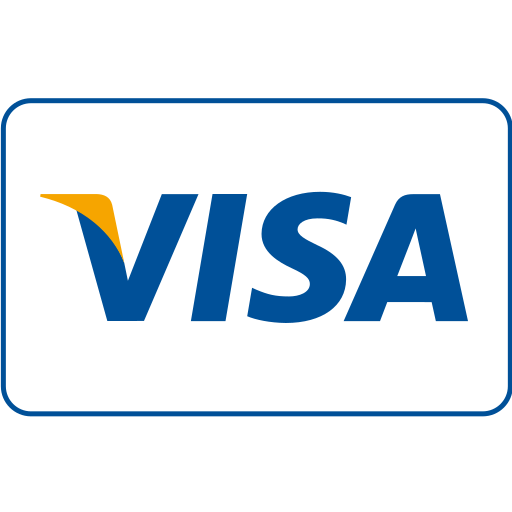
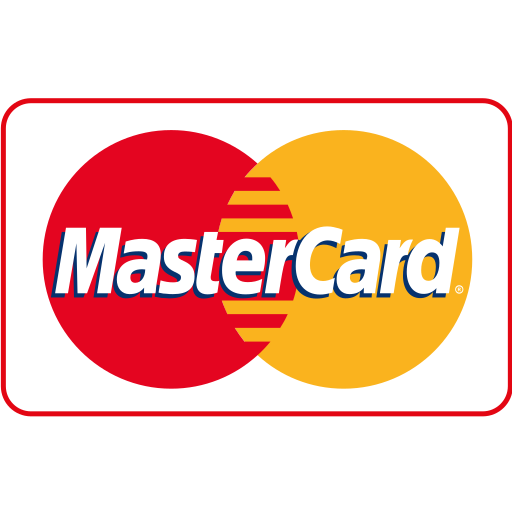
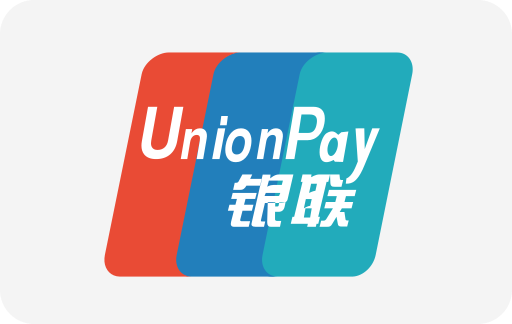
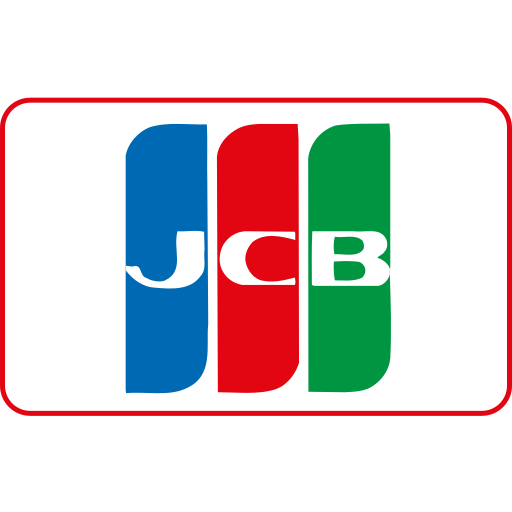


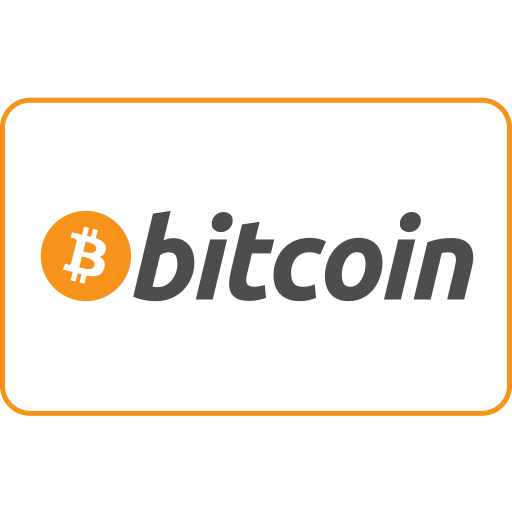

WebSeoSG offers the highest quality website traffic services in Singapore. We provide a variety of traffic services for our clients, including website traffic, desktop traffic, mobile traffic, Google traffic, search traffic, eCommerce traffic, YouTube traffic, and TikTok traffic. Our website boasts a 100% customer satisfaction rate, so you can confidently purchase large amounts of SEO traffic online. For just 40 SGD per month, you can immediately increase website traffic, improve SEO performance, and boost sales!
Having trouble choosing a traffic package? Contact us, and our staff will assist you.
Free consultation